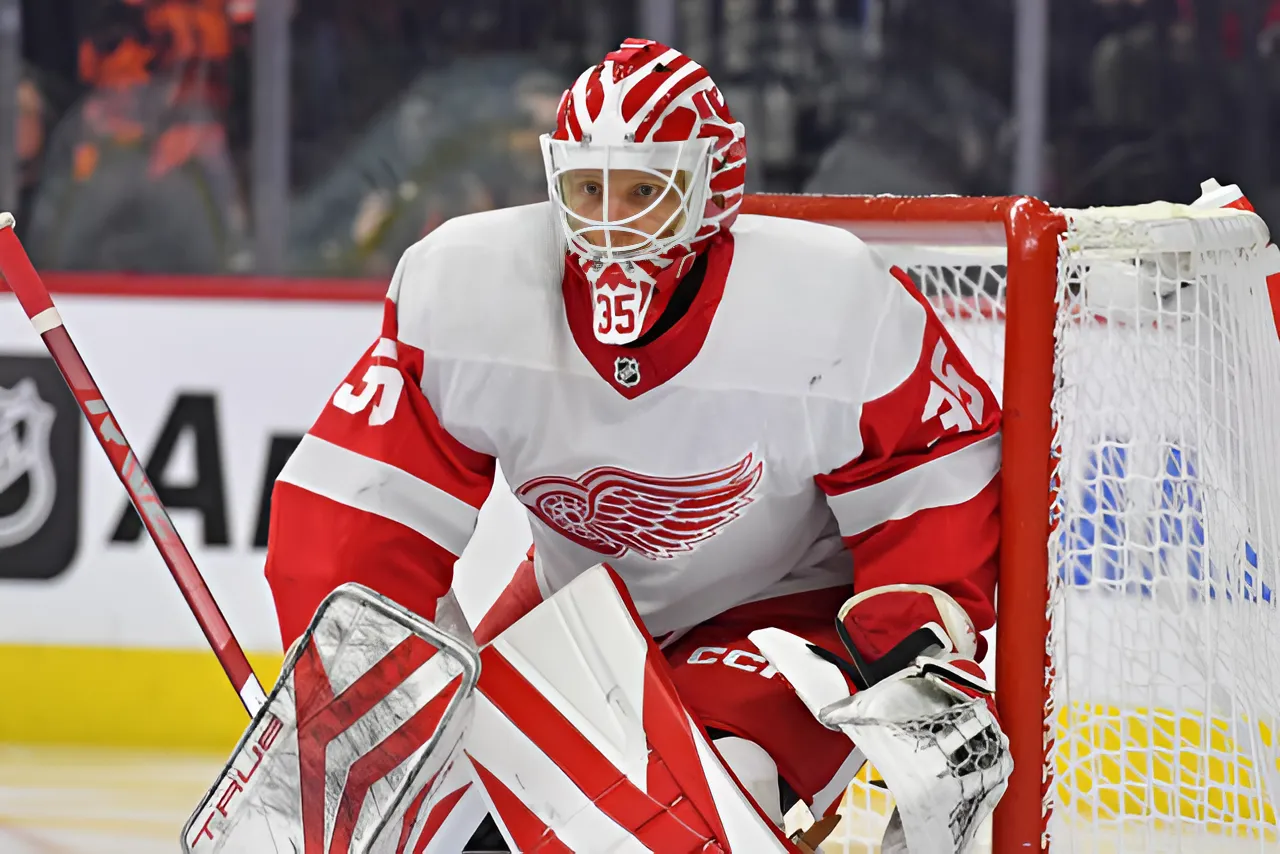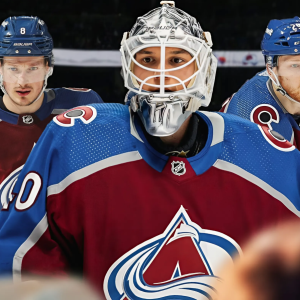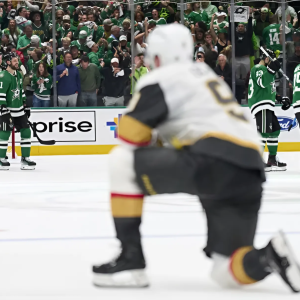The Detroit Red Wings settled with RFA Joe Veleno before arbitration, giving them an extra buyout window for contracts under certain criteria. Should they use it to free up cap space?

The Detroit Red Wings officially signed Joe Veleno Saturday, avoiding an arbitration hearing with a two-year, $2.275 million AAV contract. More than just finishing his contract business, the Red Wings also opened a window for other contract housekeeping.
By signing Veleno, Detroit activated a 48-hour buy-out window three days after Veleno’s signing. This buyout window allows the Red Wings to terminate contracts more than $4 million AAV.
While the news of Veleno’s extension broke Friday through reporting by Sportsnet’s Elliotte Friedman, Detroit announced the contract Saturday and clearly worded that Veleno’s deal was completed that day. Such specificity made sure the buyout window opened Tuesday, and it will last until Thursday.
Detroit’s only contract that fits the current window’s criteria and is currently on buyout watch is that of Ville Husso, the Red Wings’ goaltender coming off a season of injury trouble. After signing Cam Talbot in free agency and with Alex Lyon still on the roster after starting most of last season, Husso is the odd man out in a goalie rotation that the Red Wings want to limit to two members.
A buyout for Husso or any other player comes with its costs. Detroit would cut the cap hit of the bought out contract down to 2/3 of its AAV, but the term would double. For Husso, his $4.75 million cap hit becomes roughly $3.17 million, paid for two seasons instead of the one year left on his contract. In other words, the Red Wings save $1.58 million this season at the cost of $3.17 million next season.
With such a losing calculation, it doesn’t really make a lot of sense to buy out Husso. They have more than $17 million in cap space left — plenty to sign star free agents Moritz Seider and Lucas Raymond — and the extra $1.58 million doesn’t help them a whole lot. Buying out Husso might have made more sense earlier in the offseason, such as when they traded Jake Walman and a second round pick to free up $3.4 million in cap space, or when they dealt Robby Fabbri after free agency to free up $4 million.
Detroit has prepared to keep Husso anyway. Speaking on July 4, Red Wings general manager Steve Yzerman said his team is prepared to utilize a three-goalie system in 2024-25 just like it did last season.
“We’ll see how Ville’s health is in training camp,” Yzerman said. “We expect him to be 100% ready to go, and then we’ll kind of do what we did last year. We’ll play it by ear, we’ll figure it out as we go along.”
This was in contrast to his hopes to go with a two-goalie tandem earlier in the offseason, which would’ve freed up a third spot for a reserve skater, a premium asset for a team trying to bring along some of its young prospects. But after the dust settled on free agency, Detroit ended up with its same three-goalie system, one that included Husso.
It would be surprising if Detroit didn’t shoulder the final year of Husso’s contract, or anyone else on the roster, even if Veleno’s contract settlement gives them a window to do so. The cost is greater than the reward to buy him out. It’s an option if the extra cap space helps them with remaining negotiations, namely those of Seider and Raymond, but it appears that the cap space in question won’t be needed given the Red Wings’ current space.
Still, Detroit’s contract decisions give it options to consider. At this time of year and with two of the biggest contracts in a while on the negotiating table, options are good to have.





